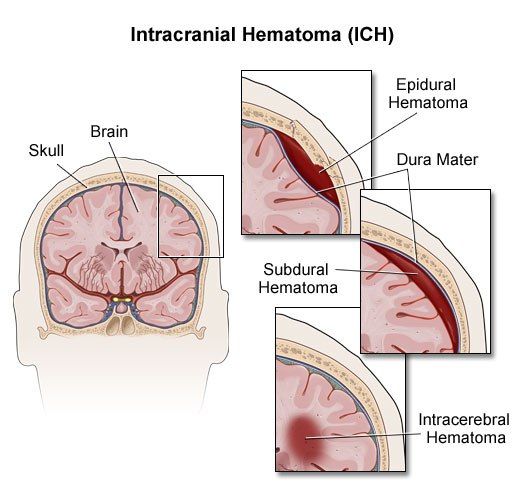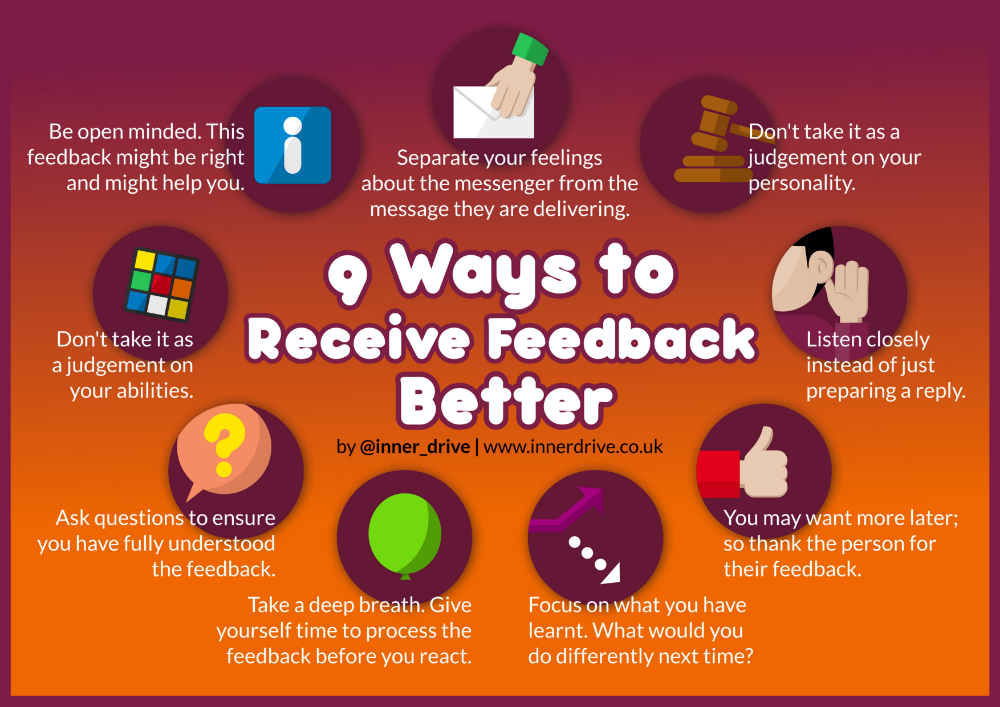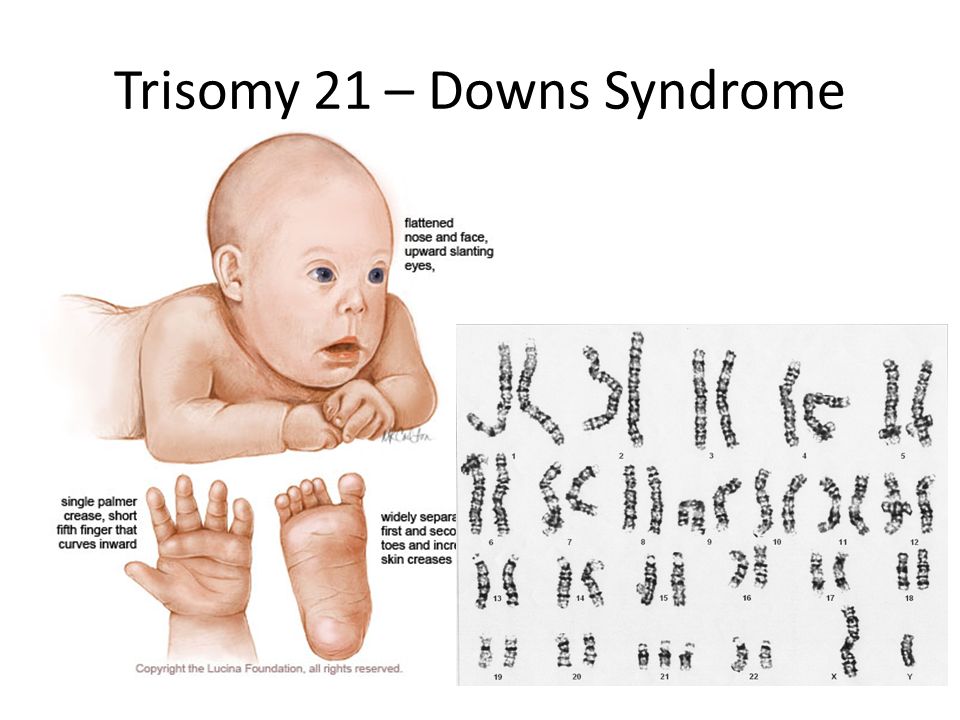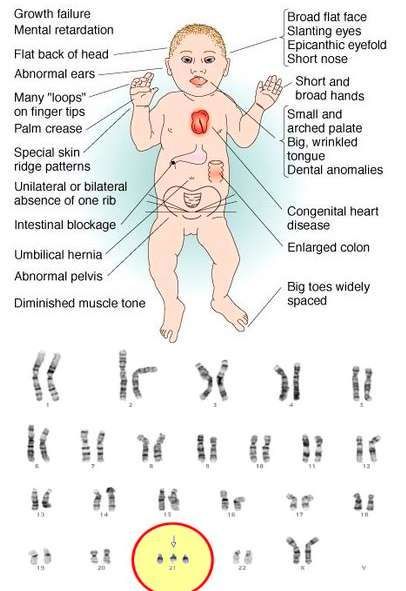Advantages of an epidural
Should I Get One During Labor?
It’s no secret that delivering a baby can be painful, yet the decision about whether or not to use an epidural is a personal one for you and your family.
An epidural is used to block nerve signals (like the ones responsible for feelings of pain) from the lower part of your spine.
It’s administered through a catheter that is run through a large needle inserted into the epidural space that surrounds your spinal cord. The catheter remains in place during labor and delivery to continue delivering the medication.
Depending on the health of baby and your pregnancy, and the specifics of your labor and delivery, epidural may not be option for you.
You may also change your mind about whether or not to use an epidural in the moment. But understanding the pros and cons can help empower you to feel like you’re able to make the best decision for you and your baby.
Did you know?
Epidurals are most commonly known for their use during labor, but can also be used during lower body surgical procedures, such as surgery on the pelvis or legs. An epidural is sometimes also used to provide pain relief after a procedure.
The following are some of the pros of having an epidural.
Pain relief
Epidural is one of the most effective methods for pain relief during delivery and childbirth, and it has minimal side effects on both mom and baby.
It works quickly and can begin to relieve pain within 10 to 20 minutes. Most women who have an epidural feel little or no pain during labor and delivery.
It allows you to rest
Relief from the pains of labor can help you get more rest. This can be especially beneficial if you have a long labor.
Being able to relax and avoid pain can also provide a more positive birth experience.
It can help you stay alert
An epidural can help you stay alert so that you can take an active part in the birthing experience. It can also spare you discomfort if forceps or a vacuum are needed to help get your baby out.
If you need to deliver by C-section, an epidural allows you to stay awake during the procedure and provides pain relief during your recovery.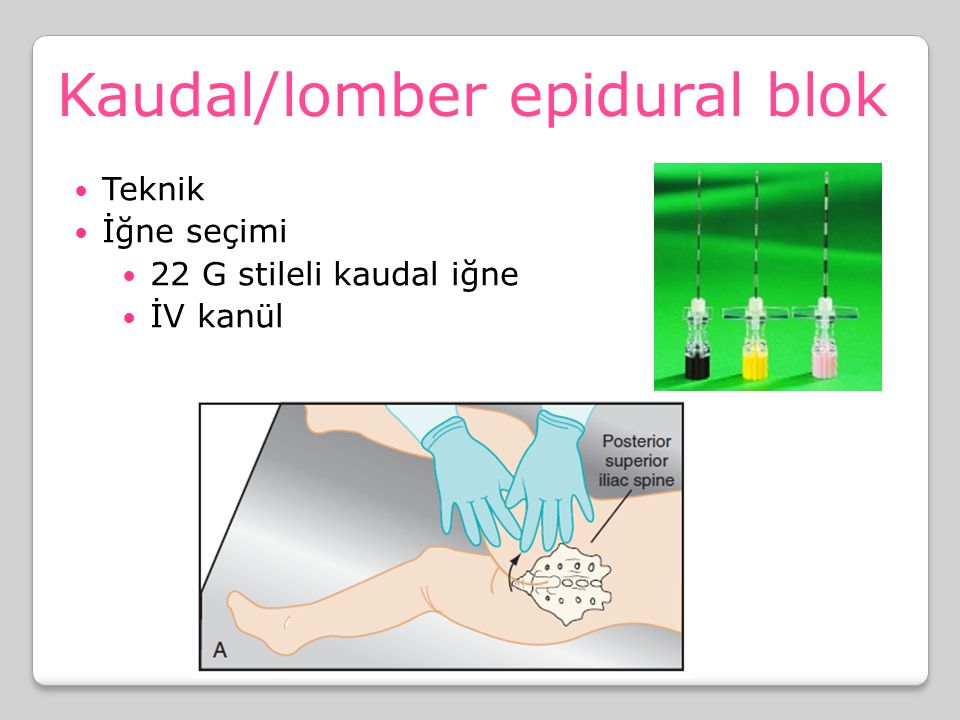
It may help reduce postpartum depression
A 2014 study found some evidence that epidural use may decrease risk for postpartum depression (PPD) in some women. However, results from more recent research have not found evidence to support the claims that epidural use decreases risk for PPD.
Results from another study found a possible connection between decreased incidence of PPD in women who intended to and used an epidural during labor, suggesting that having a pain management plan in place and being able to stick to that plan may help reduce risk for PPD.
It’s important to discuss labor pain management with your doctor or midwife throughout your pregnancy. They can help you come up with a plan that works for you and your goals. They can also help you come up with alternatives in case your original plans need to change during labor.
You can get an epidural anytime during labor
Even if it’s not part of your intended birth plan, it’s good to know that you can get an epidural anytime during labor if the need arises.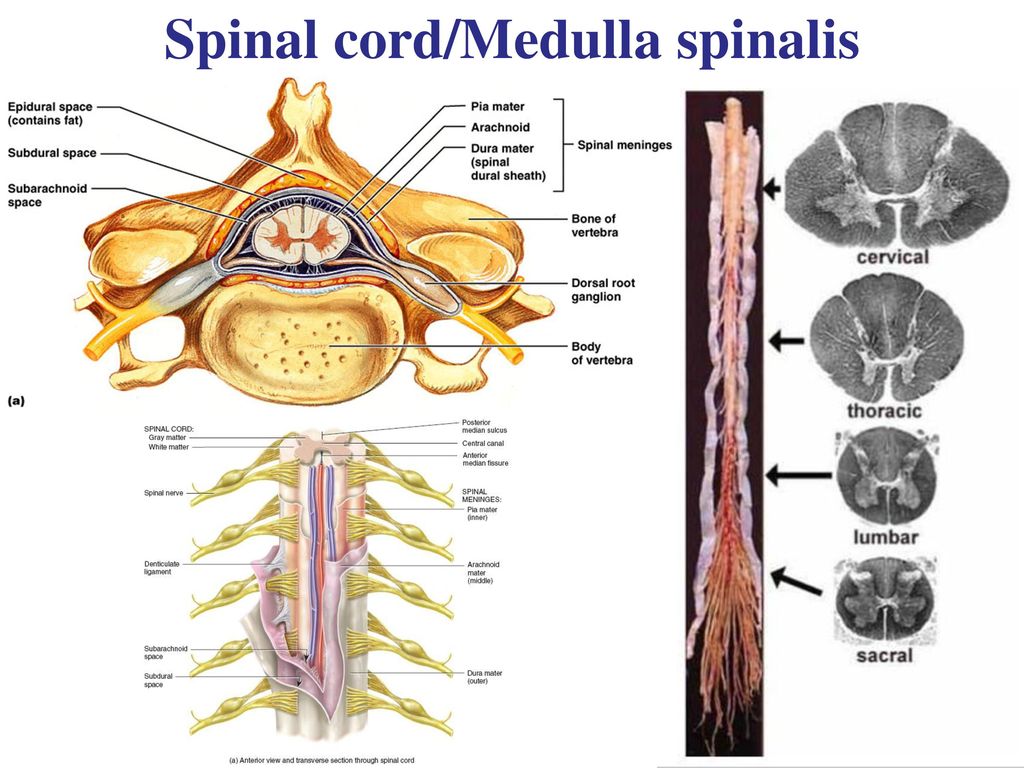
They’re effective for longer surgical procedures
An epidural can provide continuous pain relief during long surgical procedures, such as a C-section delivery, or while recovering from certain procedures.
If you need an epidural for a surgical procedure, you will likely get a larger dose of medication and may temporarily lose all feeling below the waist. Feeling will return once the medication is reduced or stopped.
Here we look at some of the cons of having an epidural.
It can cause low blood pressure
Epidurals can cause a sudden drop in your blood pressure. Your blood pressure is monitored throughout your labor and delivery to ensure adequate blood flow to your baby and throughout your body. If your blood pressure drops, you may need oxygen, fluids, and medication.
You may have some side effects
Some women experience side effects, including shivering, fever, or itchiness. After the removal of the epidural, you may feel nauseous or dizzy, and have back pain and soreness where the needle was inserted.
About around 1 percent of women will experience a severe headache. This is a rare side effect that’s caused by a leakage of spinal fluid. If the headache persists, a blood patch is performed, which involves injecting some of your blood into the epidural space to relieve the headache.
Though very rare, permanent nerve damage is possible if the spinal cord is damaged by the needle or catheter, or by bleeding or infection in the epidural area. Anesthesiologists undergo extensive training and the risk of permanent damage is very low.
It may make pushing more difficult
Some women find pushing more difficult with an epidural. This can increase your chance of needing interventions, such as forceps, medication, or a C-section.
It may increase your risk for a perineal tear
Research shows that perineal tears are more common in women who have epidurals. Other factors that increase your risk for perineal tear include:
- baby with heavier birth weight
- episiotomy
- labor induction
Your lower half may be numb for a while after giving birth
You may experience some numbness in your lower half for a few hours after giving birth.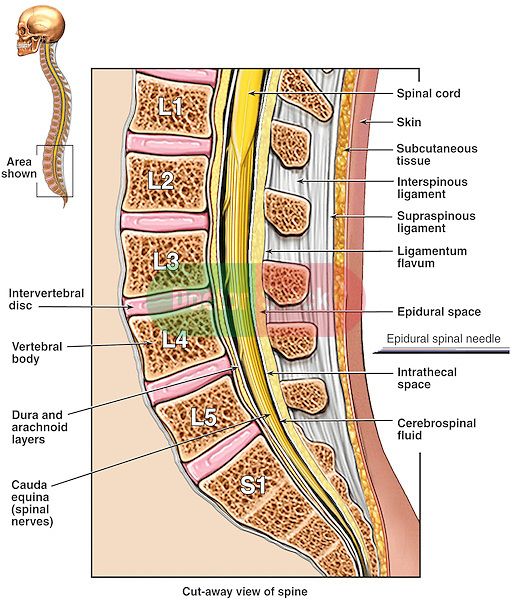 Because of this, you may need to stay in bed until the numbness wears off.
Because of this, you may need to stay in bed until the numbness wears off.
You may have trouble urinating
Having an epidural also increases your chances of needing a urinary catheter to empty your bladder. This is only temporary. The urinary catheter can be removed once your numbness has resolved.
Risk of respiratory distress for your baby
Some evidence suggests that babies whose birth mothers have an epidural are more likely to develop respiratory distress immediately after birth. Though other studies have found no evidence of epidural usage increase risk for respiratory distress in babies.
Talk to your doctor about any concerns you have about the safety of epidural for your baby before you begin labor.
More than 70 percent of women in labor use an epidural, but that doesn’t mean it’s the right choice for everyone. Like with any medical procedures, there are pros and cons to consider.
There are a number of factors that can determine what type of birth might be best for you. Every family is different and it’s impossible to predict how you’ll feel when the time comes. It’s important to keep an open mind and focus on making the experience a positive one, even if it doesn’t go how you originally planned.
Every family is different and it’s impossible to predict how you’ll feel when the time comes. It’s important to keep an open mind and focus on making the experience a positive one, even if it doesn’t go how you originally planned.
Several factors can impact the level of pain you experience during delivery and childbirth. These factors may determine what, if any, medication is recommended:
- physical and mental health
- pain tolerance
- size of the your pelvis
- size of the baby
- the baby’s position
- intensity of contractions
The type of birth that is “better” is not about a specific method. Rather, you’ll want to choose the best method based on your situation and individual needs.
It may be a good idea to come up with two birth plans. One plan can be your optimal plan. A second can serve as your fallback plan in case things don’t go as expected. That can help you feel less caught off guard if plans need to change mid-labor
Epidurals aren’t the only pain management option available during labor. Work with your doctor or midwife to determine which options may be best for you.
Work with your doctor or midwife to determine which options may be best for you.
Opioids
Also called narcotics, these pain medications are given by injection or intravenously (through an IV). They don’t provide as much pain relief as an epidural, but can make the pain bearable without causing numbness.
Opioids can cause drowsiness, nausea and vomiting, and itching.
Though generally safe, opioids cannot be given right before delivery because they may slow the baby’s breathing and heart rate.
Pudendal block
This is a numbing medicine that is injected into the vagina and the pudendal nerve late in the labor, just before the baby’s head comes out. It provides some pain relief while allowing you to remain awake and push. There are no known risks to mother or baby.
Nitrous oxide
This odorless gas is also commonly known as “laughing gas.” It’s an inhaled analgesic that is administered through a handheld face mask and takes effect within one minute.
Nitrous oxide can be used continuously or as needed during labor. It doesn’t completely eliminate pain and getting relief requires inhaling it approximately 30 seconds before a contraction. Side effects may include:
- dizziness
- drowsiness
- nausea
- vomiting
Natural remedies
There are natural remedies that you can use on their own or in combination with medicine to help ease your labor pain, such as:
- applying heat or cold to the lower back
- massage
- taking warm baths or showers
- finding comfortable positions, such as crouching, standing, or walking
- using a labor ball
Other options for procedures not related to pregnancy
If you’re having a surgical procedure on the lower part of your body, there are alternatives to an epidural. Your doctor can help you determine the best choice based on the procedure you’re having and your needs during recovery.
These may include:
- a spinal anesthetic, which is a single injection of medication into your spine
- general anesthetic
- nerve block
- opioids
- heat and cold therapy
Epidurals are generally considered safe, but the decision to have one is a personal one.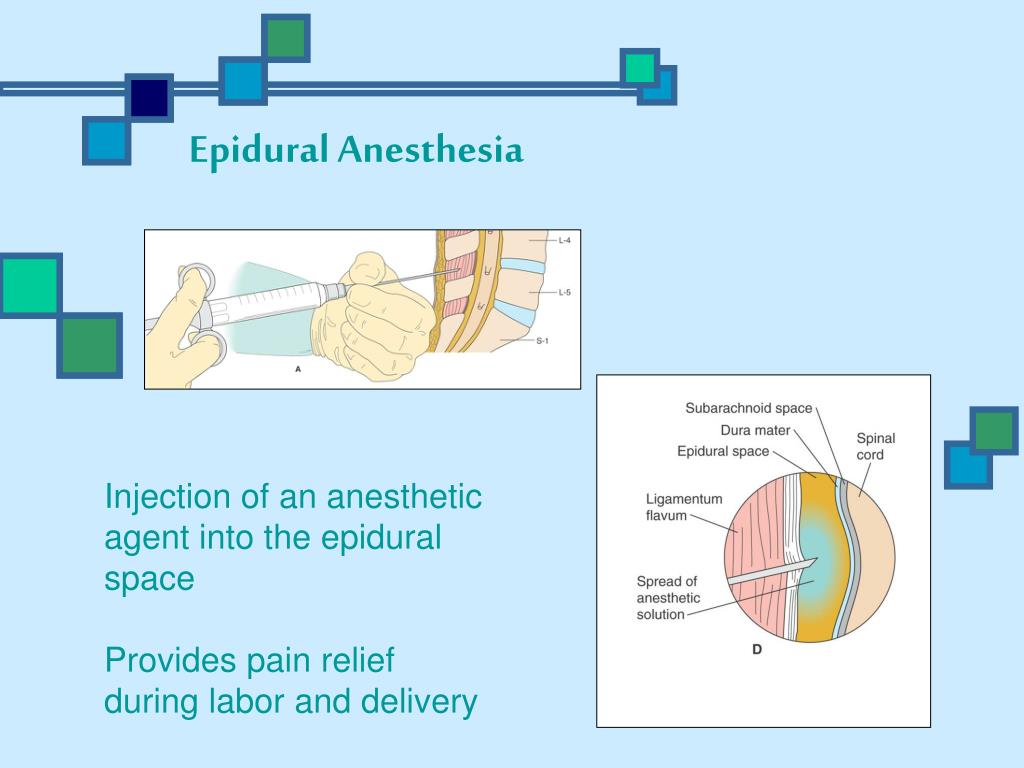 Ultimately, you’ll need to weigh the pros and cons, and decide what’s best for you and your family.
Ultimately, you’ll need to weigh the pros and cons, and decide what’s best for you and your family.
It’s also a good idea to talk to your doctor about the benefits and risks of epidurals, and other pain management options.
Developing a plan can help you feel more prepared for labor. But remember, even the best laid plans can change in the moment. That’s why it’s also a good idea to have a backup plan so that you can be prepared with an alternative birth plan that you’re still comfortable with.
Epidural pros and cons: Benefits, risks, and alternatives
We include products we think are useful for our readers. If you buy through links on this page, we may earn a small commission Here’s our process.
Medical News Today only shows you brands and products that we stand behind.
Our team thoroughly researches and evaluates the recommendations we make on our site. To establish that the product manufacturers addressed safety and efficacy standards, we:
- Evaluate ingredients and composition: Do they have the potential to cause harm?
- Fact-check all health claims: Do they align with the current body of scientific evidence?
- Assess the brand: Does it operate with integrity and adhere to industry best practices?
We do the research so you can find trusted products for your health and wellness.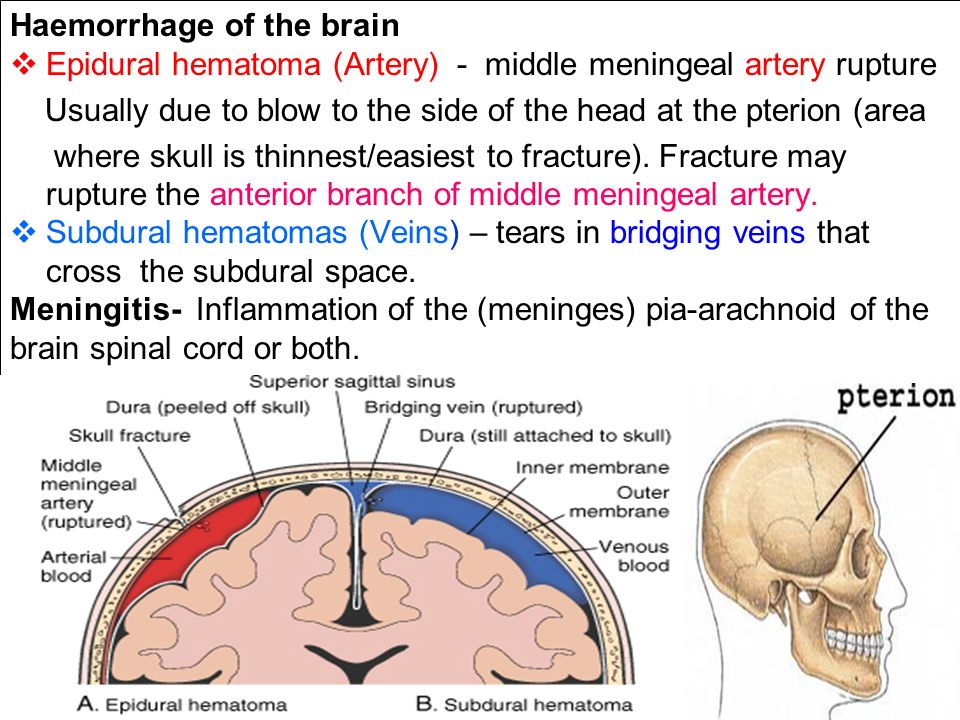
An epidural is a method of pain relief that a doctor can administer during labor and other medical procedures. However, there are benefits and risks.
This article will look at the pros and cons of an epidural, as well as other options that may be available.
An epidural is a nerve blocker. A doctor can give an epidural for a variety of reasons, including for pain relief during labor, back pain, such as sciatica, and chronic leg and arm pain associated with an irritated spinal nerve root.
During labor
According to the American Society of Anesthesiologists, an epidural, which lessens the pain between a woman’s belly button and upper legs, will begin to take effect after roughly 15 minutes.
An epidural does not take away all sensation, and a woman will still feel some pressure.
Other benefits of an epidural during labor include:
- it is typically safe
- is it typically effective
- it allows a woman to remain awake during a cesarean delivery
- women still have control of their upper body
Back pain
An epidural injection for back pain may have some of the following benefits, including:
- Effective pain reduction: According to a 2016 systematic review, people who had an epidural for sciatica noted a 50–83% improvement in pain.
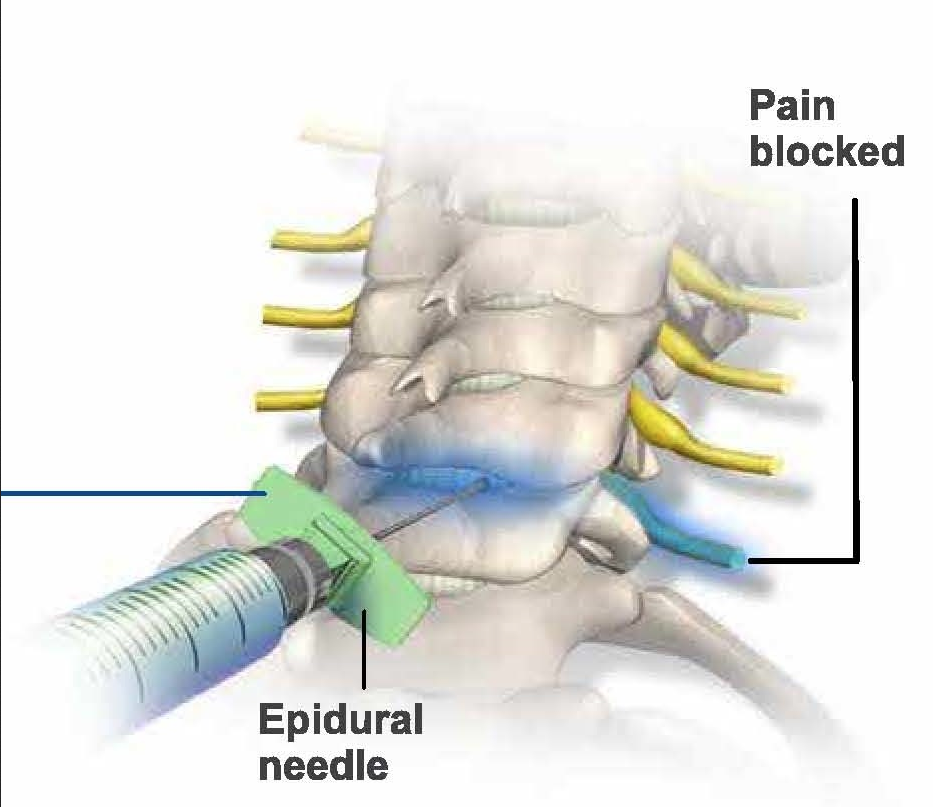
- Decrease surgical intervention: According to the same review, about 80% of people did not need surgery after receiving an epidural injection.
- Decrease functional disability: An epidural may aid those with a functional disability, which is a long-term disability due to an injury, illness, or condition.
Some side effects of an epidural may include:
- sore back
- headache
- numbness in the lower body following labor
- a decrease in blood pressure
- urination problems
- fever
According to the American College of Obstetricians and Gynecologists (ACOG), serious side effects are rare, but they can include spinal injury, breathing problems, a racing heart, and numbness or tingling.
An epidural during labor may have separate side effects. The data regarding the effect of an epidural on the length of labor varies. According to the Office on Women’s Health (OWH), an epidural may prolong the first and second stages of labor if the doctor administers it too late.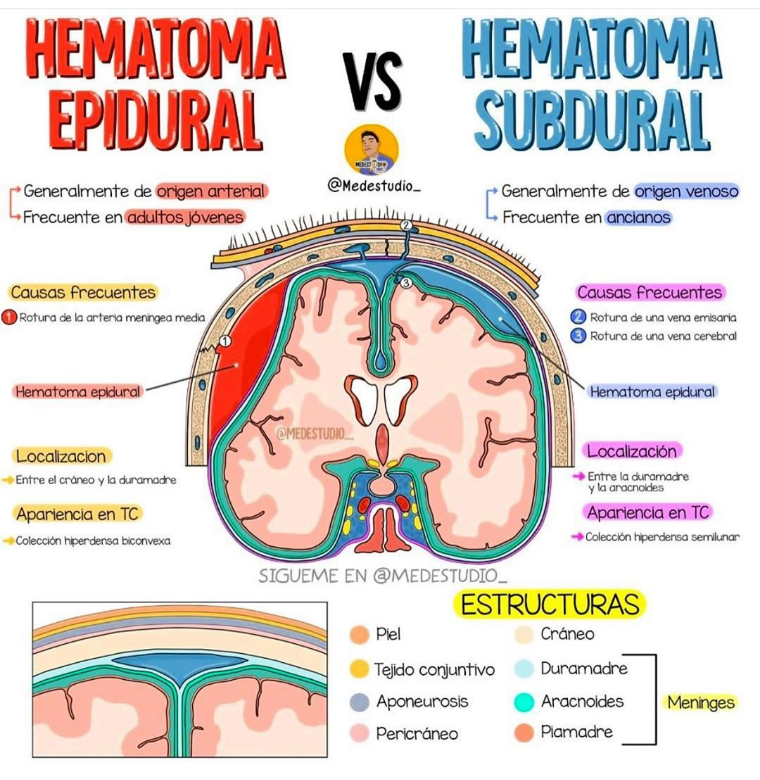 However, other providers have different takes on the best time to give an epidural.
However, other providers have different takes on the best time to give an epidural.
Other side effects may include:
- itching
- weakness in the legs
- increased risk of needing the help of forceps or a vacuum
- skin infection
- some people may get permanent nerve damage, but this is rare
According to ACOG, the opioids in an epidural can lead to some short-term side effects in the fetus. These include:
- reduced muscle tone
- a change in heart rate
- drowsiness
- breathing problems
These side effects generally resolve quickly. If a person is worried about how an epidural might affect the fetus, they should talk to a doctor.
Roughly 60% of women in labor choose to have an epidural as a form of pain relief. However, a woman does not have to have an epidural to give birth.
Whether a woman chooses to use an epidural during labor is her choice, but women should keep as open a mind as possible. Sometimes, a doctor may need to administer an epidural or another type of pain relief. This might happen if, for example, a woman requires a cesarean delivery.
Sometimes, a doctor may need to administer an epidural or another type of pain relief. This might happen if, for example, a woman requires a cesarean delivery.
If an individual chooses not to have an epidural, other pain management techniques may be available. However, not all hospitals offer all the options, so women should talk to their healthcare providers about pain relief options when they present.
Medicinal pain relief
Medicinal pain relief alternatives may include:
Nitrous oxide
Some women choose nitrous oxide to help them relax during labor and while giving birth. This involves inhaling the nitrous oxide 30 seconds before a contraction starts. Although it is safe, some people may feel dizzy and nauseous temporarily.
Opioids
A doctor can administer opioids through an IV, or inject it into the muscle. They do not affect a person’s ability to push, and an epidural is still an option later on. However, they do not get rid of the pain entirely and are short-acting.
Side effects include feeling drowsy, nauseous, and may induce vomiting. The OWH note that here is a time limit on the use of opioids during labor. Typically, a doctor will avoid the use of opioids if a woman is due to deliver very soon, as opioids can slow down the baby’s breathing and heart rate.
Pudendal block
A person may want to talk to a doctor regarding the use of a pudendal block.
A pudendal block is a numbing medication injected into the pudendal nerve and vagina right before the fetus’ head crowns. The numbing medication can help alleviate pain associated with pushing the baby out.
However, not all doctors know how to do a pudendal block as the technique has generally fallen out of favor.
Non-medicinal
A person looking for an entirely natural delivery may consider home remedies for labor pain.
Some potential home remedies include:
- hot compresses
- cold compresses
- labor ball
- adjusting the position to find one that is comfortable
- massaging the lower back or other areas
- yoga
- breathing exercises
- meditation
- TENS unit
- aromatherapy
- essential oils
- doula
- tub bath
Labor or birth balls are available to purchase online here.
Some potential alternatives to an epidural for other procedures include:
- opioids
- cold or hot therapies
- spinal anesthetic, which is a single injection of medication into the spine
- general anesthetic
An epidural is a safe form of pain relief during labor and for reducing chronic pain. Although it has some risks, these are either temporary or very rare.
A person does not have to have an epidural, and alternatives are available.
Pregnant women should talk to their doctor or midwife about what kind of delivery and pain relief they require during labor. They should also take the opportunity to discuss any plans and concerns they may have.
Epidural anesthesia - pros, cons, reviews
Medical anesthesia of childbirth is becoming more and more popular: more and more expectant mothers and their doctors prefer epidural (epidural) anesthesia. According to a number of experts, this is the most modern and safe method for mother and child, which is also widely used due to its high efficiency and convenience. Gynecologists very often refer to multiple positive reviews about epidural anesthesia, and a woman, faced with the well-known fact of labor pain, agrees to avoid pain.
Gynecologists very often refer to multiple positive reviews about epidural anesthesia, and a woman, faced with the well-known fact of labor pain, agrees to avoid pain.
Indeed, epidurals often receive rave reviews. But in order to make a decision on the use or refusal of pain relief, the expectant mother must have the full range of information about the impact of this type of anesthesia on the birth process, as well as aspects of the psychological interaction between the mother and her baby during childbirth.
The name of the method is due to the method of administration of the anesthetic drug: the anesthetic is injected directly into the space surrounding the dura mater of the spinal cord (from Latin peri - "around", epi - "above", dura mater - "dura mater"). In essence, the anesthetic blocks the impulses that the lower body sends to the pain centers of the brain (analgesia) or generally all signals, including motor impulses (anesthesia). To perform epidural (epidural) anesthesia, the anesthesiologist performs a puncture at a height of 3 or 4 vertebrae of the lumbar spine, introducing a special flexible catheter through a needle with a stylet. It is through the catheter that every half an hour an anesthetic drug will be supplied to the woman's body. After anesthesia, the lower part of the body of the woman in labor remains insensitive and motionless; after analgesia, the woman does not feel pain, but retains the ability to move (sit, stand, roll over).
It is through the catheter that every half an hour an anesthetic drug will be supplied to the woman's body. After anesthesia, the lower part of the body of the woman in labor remains insensitive and motionless; after analgesia, the woman does not feel pain, but retains the ability to move (sit, stand, roll over).
The advantages of epidural anesthesia include the following features of this method of anesthesia:
- the woman remains fully conscious, does not feel labor pain, her kidneys and uterus are well supplied with blood;
- the anesthetic does not act directly on the fetus without entering the child's blood;
- the influence of the anesthetic does not harm the woman more often.
It would seem that a panacea has been found. Many women are so afraid of labor pain that the temptation to agree to pain relief after numerous positive reviews about epidural anesthesia is very high. This is practically a guarantee of easy and painless childbirth!
However, despite all the obvious advantages of epidural anesthesia, we must not forget about the impact that any anesthesia has on the most important area of the birth process - the interaction between mother and baby. Epidural anesthesia can be a real salvation if there are violations of labor activity, which is accompanied by severe pain (not at all characteristic of normal physiological childbirth). But at the same time, this pain relief can become an obstacle to deep interaction between mother and child, if used in advance, only because of the fear of possible pain.
Epidural anesthesia can be a real salvation if there are violations of labor activity, which is accompanied by severe pain (not at all characteristic of normal physiological childbirth). But at the same time, this pain relief can become an obstacle to deep interaction between mother and child, if used in advance, only because of the fear of possible pain.
The perception of pain is purely individual and depends primarily on the psychological mood of the woman and her ability to relax. Indeed, the real cause of labor pain is muscle tension that interferes with the normal physiological changes that occur in a woman's body during childbirth. If a woman feels fear of childbirth, anxiety and anxiety, muscle tension increases. A vicious circle appears: fear causes muscle tension, tension causes pain, pain causes fear. To get rid of pain, you need to learn how to relax. Actually, epidural anesthesia solves the same problem - it relaxes the muscles. But this is far from the only and not the most harmless way to get rid of stress.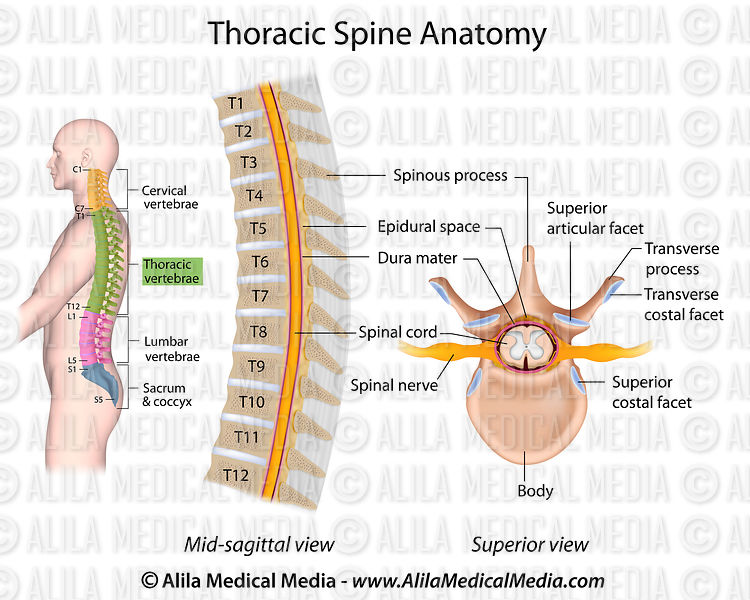 Relaxation of your body is achieved through a relaxed state of your mind. That is why during childbirth, a sense of calm, self-confidence, trust in others, and a comfortable environment are very important for a woman.
Relaxation of your body is achieved through a relaxed state of your mind. That is why during childbirth, a sense of calm, self-confidence, trust in others, and a comfortable environment are very important for a woman.
Nature has taken care to supply the woman with the painkillers she needs for childbirth. Among the hormones that regulate labor activity, a woman's body secretes a large amount of hormones of joy and pleasure - endorphins, which can reduce unpleasant physical sensations and create a special psycho-emotional state, somewhat reminiscent of a state of mild intoxication. These hormones have a beneficial effect on the course of childbirth, help a woman relax, relieve pain, and give a feeling of emotional uplift. However, the mechanism for the production of these hormones is very fragile, it directly depends on the general emotional state of the woman during childbirth. Feelings of anxiety, anxiety, fear can suppress the production of endorphins, and then the strength of this natural pain-relieving mechanism is significantly reduced.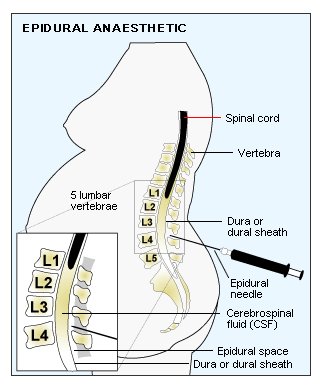
When a woman is not internally ready for childbirth, does not know how to control her body, does not know how to relax, it seems to her that the easiest thing is to just take it and switch off from unpleasant sensations. But at the same time, she disconnects from her child, who needs empathy and support at this moment. Now his birth will not bring her any inconvenience. What will the child feel? He will most likely be very lonely. The world in which he lived for nine months, so tender and loving, understanding and sensitive to any movement, this world in an instant turned into a cold and indifferent, not feeling and not understanding the signals of the child. Mom seems to have stopped "hearing" her baby.
But birth is not only and not so much a physiological process, it is a joint spiritual experience of two people – mother and baby. Not only the successful birth of a child depends on how well they understand each other, but also his further relationship with his mother, loved ones, and the whole world. A woman whose body is devoid of sensitivity ceases to feel the child along with pain, cannot help him in the birth, does not empathize with his feelings. The greatest feeling of maternal love is amazing because only a mother is able to subtly feel her baby, as if he is part of her. If voluntarily or involuntarily violate this relationship, childbirth becomes unnatural. While easing the physical inconveniences of childbirth, think about possible emotional experiences, regret about the missed opportunity to give birth to your child naturally.
A woman whose body is devoid of sensitivity ceases to feel the child along with pain, cannot help him in the birth, does not empathize with his feelings. The greatest feeling of maternal love is amazing because only a mother is able to subtly feel her baby, as if he is part of her. If voluntarily or involuntarily violate this relationship, childbirth becomes unnatural. While easing the physical inconveniences of childbirth, think about possible emotional experiences, regret about the missed opportunity to give birth to your child naturally.
The use of anesthesia turns a woman from a mother into a patient, and the miracle of the birth of a person into an act of extracting a fetus from the body of a woman in labor. Even when the child is born, the woman still has some time to recover from anesthesia. Natural childbirth allows a woman to fully communicate with the baby from the first seconds of his birth. This moment is very important for a person, this is the first experience of his communication with the world.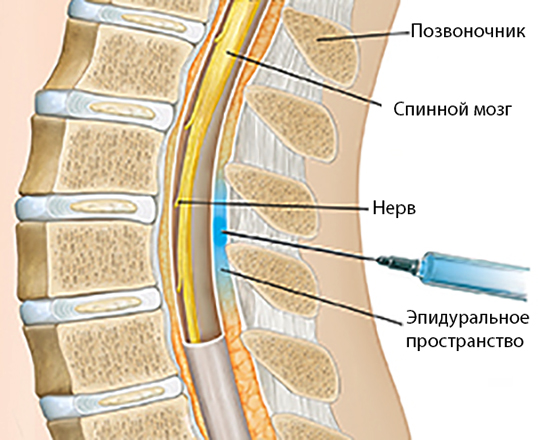 What awaits the little man at the moment of birth? Warm, loving motherly hands or a set of medical manipulations performed by a doctor?
What awaits the little man at the moment of birth? Warm, loving motherly hands or a set of medical manipulations performed by a doctor?
Many women who have deprived themselves of the opportunity to feel how their child was born, very much regret this. Together with pain sensitivity, they lost the greatest joy of empathy, that indescribable feeling of delight from meeting their child, which happens only after natural childbirth. A woman whose birth was anesthetized often wonders why the baby does not evoke love feelings in her. Without experiencing the maximum stress of not only physical, but also mental strength, it is impossible to fully experience the happiness of meeting with the baby. This isolation from the child in childbirth interferes with their further deep emotional contact. Mom easily stops breastfeeding the child, easily entrusts him to grandmothers or nannies, does not feel his emotional needs. This happens when anesthesia has been applied for no serious reason.
If there are such reasons, and anesthesia is indispensable, do not forget how much depends on your attention to the child's experiences. Your warm thoughts about him, the ability to empathize, the desire to support your baby at such an important moment will help to overcome all the negative aspects of epidural anesthesia, and then nothing will prevent you from establishing a deep connection with your baby. It is unreasonable to reject modern scientific achievements, but it is even more unreasonable to reject ourselves. Do not forget that the most effective painkiller is love.
Your warm thoughts about him, the ability to empathize, the desire to support your baby at such an important moment will help to overcome all the negative aspects of epidural anesthesia, and then nothing will prevent you from establishing a deep connection with your baby. It is unreasonable to reject modern scientific achievements, but it is even more unreasonable to reject ourselves. Do not forget that the most effective painkiller is love.
Give birth with pleasure!
D. Streltsova, S. Abramova
Epidural versus non-epidural or no analgesia for labor pain management
What is the problem?
We set out to evaluate the effectiveness of all types of epidural anesthesia (including combined spinal-epidural anesthesia) for mother and child, compared with non-epidural anesthesia or its absence during childbirth.
Why is this important?
Pain relief is important for women in labour. Pharmacological methods of pain relief include inhaled nitrous oxide, opioid injections, and local analgesia with epidural anesthesia to provide central blockade.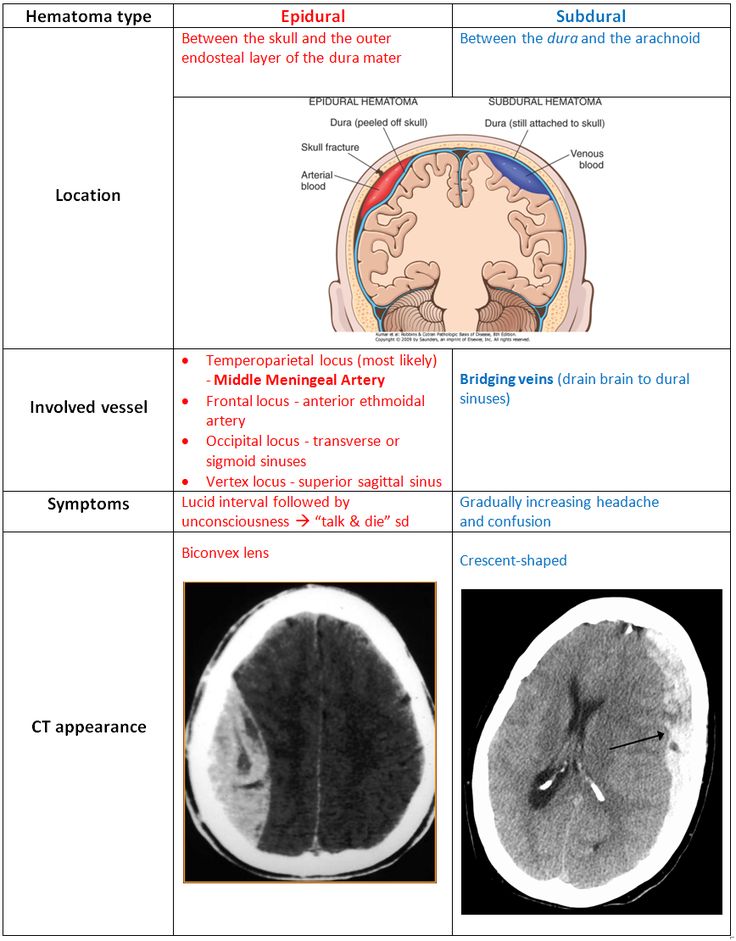 Epidural anesthesia is widely used to relieve the pain of childbirth and involves injecting a local anesthetic into the lower back in close proximity to the nerves that transmit pain. Solutions for epidural anesthesia are administered by bolus injection (large, rapid injection), continuous infusion, or using a pump (pump) controlled by the patient. When combined with opiates, lower concentrations of local anesthetic are required, which allows women to maintain the ability to move during childbirth and actively participate in them. Combined spinal-epidural anesthesia involves a single injection of a local anesthetic or opiate into the cerebrospinal fluid for rapid onset of pain relief, and insertion of an epidural catheter for long-term pain relief. There are reports of side effects such as itching, drowsiness, chills and fever. Rare but potentially serious adverse effects of epidural anesthesia may also occur, such as severe prolonged headache after injection, or nerve damage.
Epidural anesthesia is widely used to relieve the pain of childbirth and involves injecting a local anesthetic into the lower back in close proximity to the nerves that transmit pain. Solutions for epidural anesthesia are administered by bolus injection (large, rapid injection), continuous infusion, or using a pump (pump) controlled by the patient. When combined with opiates, lower concentrations of local anesthetic are required, which allows women to maintain the ability to move during childbirth and actively participate in them. Combined spinal-epidural anesthesia involves a single injection of a local anesthetic or opiate into the cerebrospinal fluid for rapid onset of pain relief, and insertion of an epidural catheter for long-term pain relief. There are reports of side effects such as itching, drowsiness, chills and fever. Rare but potentially serious adverse effects of epidural anesthesia may also occur, such as severe prolonged headache after injection, or nerve damage.
What evidence did we find?
We searched for evidence in April 2017 and identified 40 trials involving over 11,000 women who contributed to this review.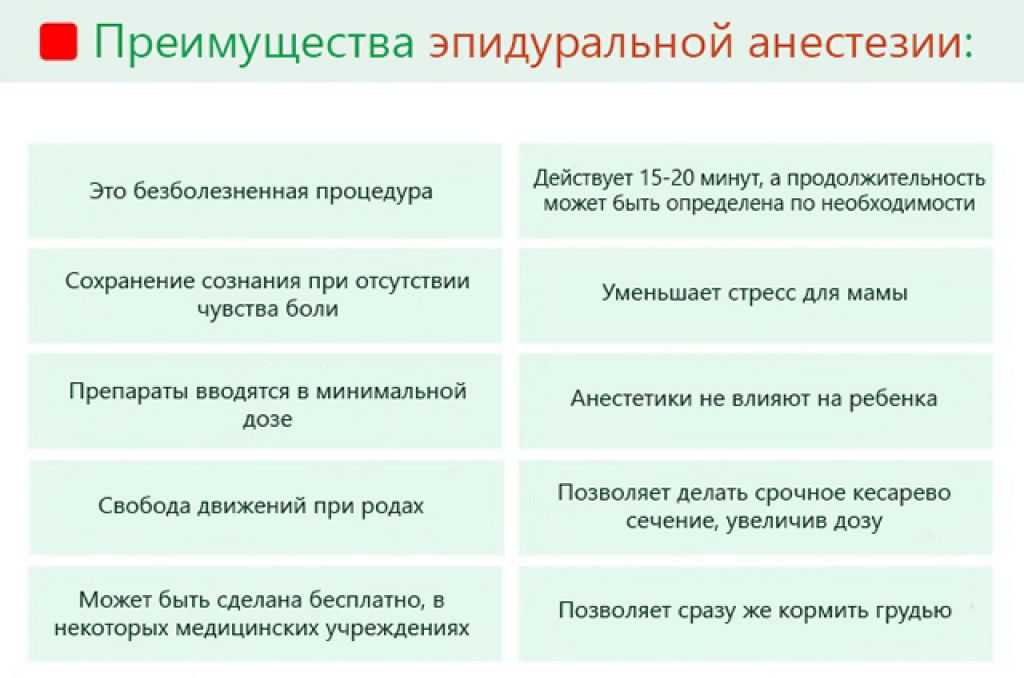 Clinical trials have been distinguished by the quality of their methods.
Clinical trials have been distinguished by the quality of their methods.
All but six studies compared epidural analgesia with the administration of opioid analgesics. An epidural can relieve labor pain more effectively than opioids, and most women can be satisfied with an epidural. In general, women who have used epidurals are more likely to require forceps or vacuum extraction to assist in labor compared to opioid analgesics. However, we did not see this effect in studies conducted after 2005, which more frequently used lower local anesthetic concentrations and more modern epidural techniques such as patient-controlled epidural analgesia (PCEA). Epidural anesthesia, compared with opioids, may have little or no effect on the rate of caesarean section, prolonged back pain, impact on the baby at birth, or number of infants requiring transfer to the neonatal intensive care unit.
Women who have had an epidural may have trouble urinating and may have a fever. There are highly variable outcomes such as longer labor, very low blood pressure, and inability to move for a period of time after delivery (motor block), likely due to the higher concentration of local anesthetic used in the epidural or due to the use of an epidural. infusions instead of dosed epidural administration of anesthetic at regular intervals. However, women who received opioid analgesics experienced some side effects, such as breathing so slow that they required oxygen masks, and severe nausea and vomiting. More babies whose mothers received opioids received antidotes to counteract the effects of opioids. There was no difference between women who received epidurals or opioid analgesics in terms of postpartum depression, headache, itching, chills, or drowsiness.
infusions instead of dosed epidural administration of anesthetic at regular intervals. However, women who received opioid analgesics experienced some side effects, such as breathing so slow that they required oxygen masks, and severe nausea and vomiting. More babies whose mothers received opioids received antidotes to counteract the effects of opioids. There was no difference between women who received epidurals or opioid analgesics in terms of postpartum depression, headache, itching, chills, or drowsiness.
Women who received epidurals reported less pain than women who received placebo or no treatment or acustimulation. There were no reports of pain in trials that compared epidurals with inhaled analgesia or continuous support.
What does this mean?
Epidurals may reduce labor pain more effectively than any other form of pain relief and may increase maternal satisfaction with pain relief. However, some women who received epidurals instead of opioid analgesics were more likely to have assisted vaginal delivery, but this result probably reflects the higher concentrations of local anesthetics used traditionally instead of the low concentrations of modern local anesthetics for epidural anesthesia.